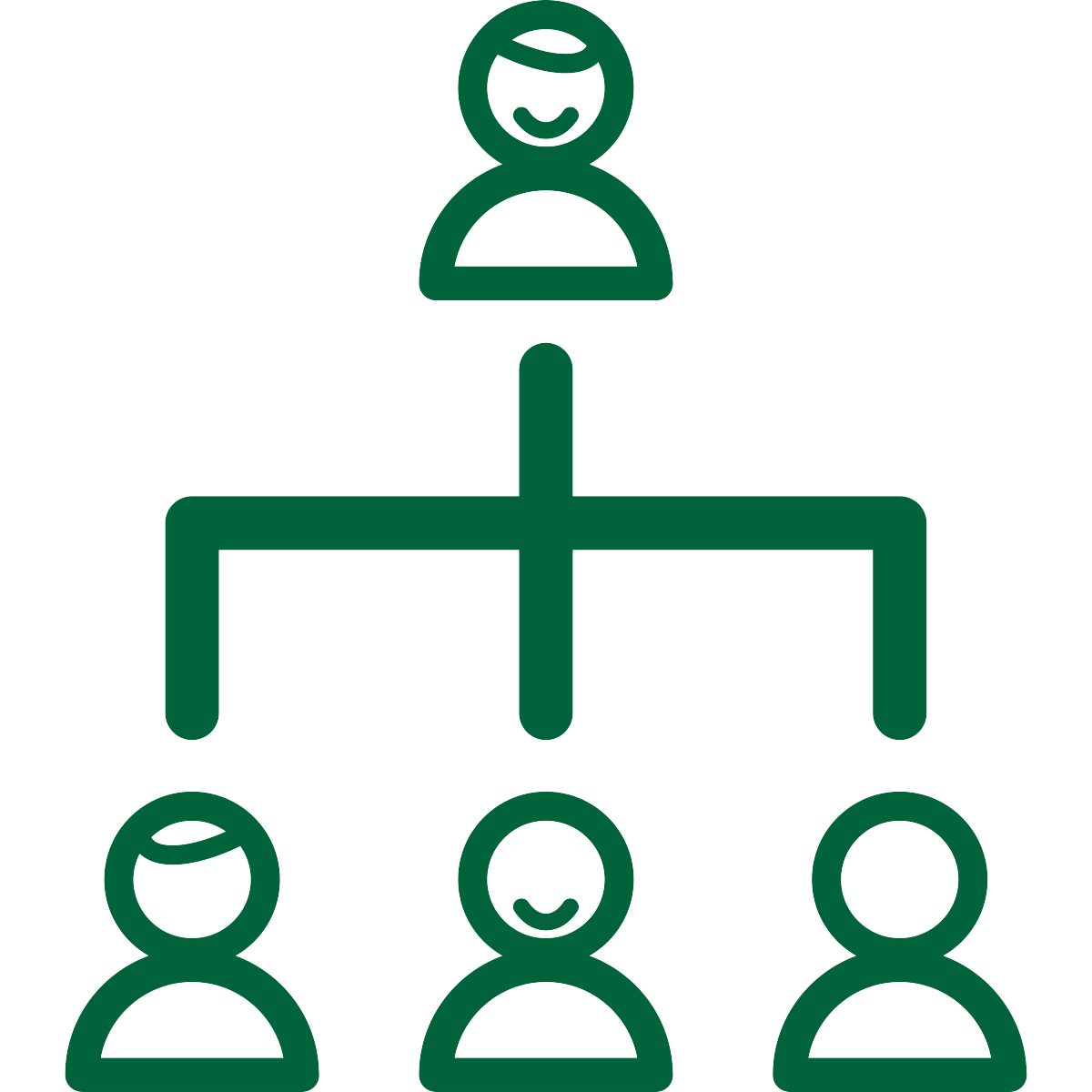An unfortunately common practice in organizations is to use an organization chart as a basis for tagging content in repositories: files, folders, and taxonomies mirror the names of the units, divisions, and teams that created them. However, organizations change. Businesses are constantly adapting to increasingly demanding customers, technological breakthroughs, employee expectations, and a deluge of data. They launch initiatives and pilots, consolidate operations, and decentralize decisions. Units merge, divisions split apart, and some teams unfortunately disappear.
They launch initiatives and pilots, consolidate operations, and decentralize decisions. Units merge, divisions split apart, and some teams unfortunately disappear.
If your organization chart is changing every quarter, it becomes unsustainable to keep updating tags and taxonomies over and over again — especially when you have thousands and thousands of files. Keeping up with changes becomes a lose-lose situation. From the taxonomist’s perspective, it takes a lot of time and effort to update everything, and from the user’s perspective, it is easy to lose track of where things can be found. This can lead to the duplication of efforts, decreased findability, and operational inefficiency. Some organizations don’t bother with the changes either, keeping the historic names of a defunct department in metadata terms and file names. The history behind the names becomes an oral tradition, and being able to tell where things go is a memory burden passed from one generation of employees to the next. It is a headache for all involved.
If we avoid naming things according to the department where it belongs, then what options do we have?
Option 1. Make your taxonomy work together.
One of the principles in taxonomy design is making its components work together and complement each other. In other words, instead of using a single hierarchical taxonomy, design a faceted taxonomy where you can use multiple categories to describe content and make it easier to find:
- Topic: The subject of the content you are describing i.e., what it is about.
- Process: The content can be the input or the output of a particular activity.
- Product or Service: Content as it pertains to the organization’s offerings.
- Time: Time frames during which the content is used, or pertains to. For example, a file can pertain to a particular Calendar Year, Fiscal Year, or Event.
By making use of faceted navigation or search, a user can narrow down the content that they are looking for by making use of a combination of categories. Our article ‘Choosing the Best Metadata Fields For Your Taxonomy’ is a great starting point to determine which categories make the most sense for your situation.
Option 2. Use generic business functions.
In practice, there are common business functions in most organizations: Sales, IT, HR, Legal, and so on. Their name may change, but their purpose does not. For example, a unit may call itself “Customer Success,” but next month it may change its name to “Assistance Services,” and the following year, it may be “Client Partnerships,” Regardless of the name, however, the function remains the same; providing support to customers.
Last resort. Go ahead and use part of the organization structure.
If there is still a business rationale to wed the taxonomy with the organization structure, then one should only use the top-most level of the hierarchy. Even though there will be instances where whole divisions or lines of business of the organization change, and trigger a wave of taxonomy maintenance tasks, these types of changes will occur less frequently than they otherwise would.
Conclusion
Keeping your organization structure out of the taxonomy will make it resilient to the winds of organizational change, save you from headaches further down the road, and help your users to appreciate the taxonomy’s stability and usability.
Do you need additional help in naming, labeling, and categorizing your content? Our holistic approach can help ensure that your taxonomy is resilient, usable, and easy to maintain. Please, send us an email at info@enterprise-knowledge.com and we will gladly help.
